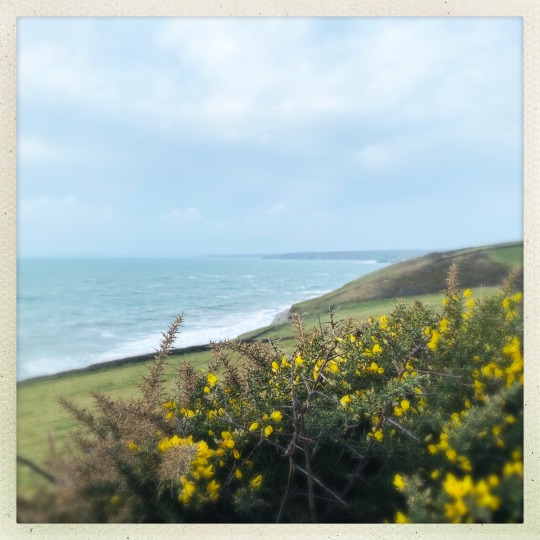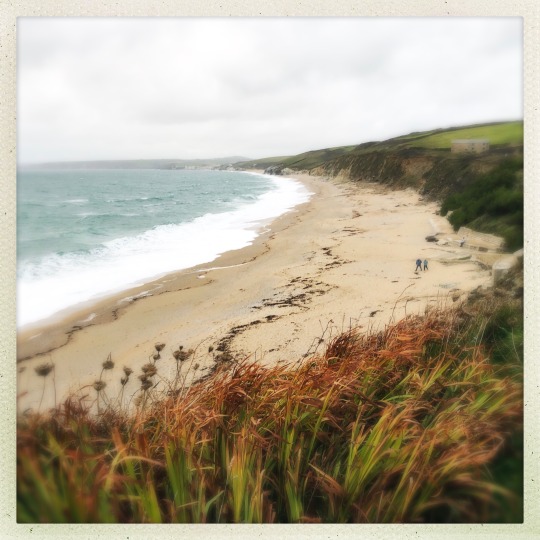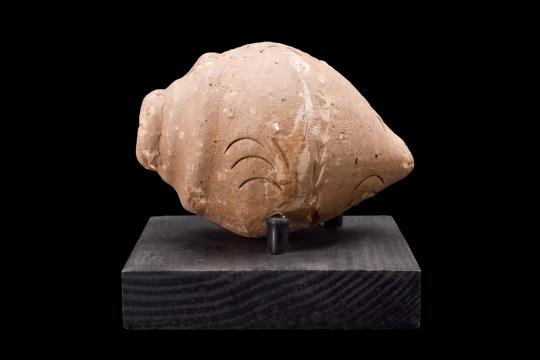#gunwalloe
Explore tagged Tumblr posts
Text









Gunwalloe Fishing Cove, Halzephron, Lizard peninsula, Cornwall /Kernow
26 notes
·
View notes
Text

Cornish colours 💙💚💛
#cornwall#kernow#ilovecornwall#ilovekernow#west cornwall#cornish coast#cornish countryside#thecornishlife#kernowlife#cornish cliffs#coast path#gorse#gunwalloe#sea view gunwalloe
22 notes
·
View notes
Text

Gunwalloe Church Cove Beach, Cornwall, Oct 2023.
0 notes
Text



The barque Cviet (1870) aground on Porthleven beach, the schooner Marie Celine (1876) aground in Paradoe Cove, off Nare Head. And the schooner Olympe (1860) stranded on Gunwalloe Church Cove beach. Photographed by Gibson & Sons of Scilly, 1884, 1901 and 1910
257 notes
·
View notes
Text
Perranuthroe to Mullion

Crossing Praa Sands as the sun breaks through

The sand gives way to rolling hills



The harbour at Portleven and Natalie’s harbour walk

A tea break and a phone call with Noah

Sea on the left and freshwater lake on the right at Looe Bar

Gunwalloe Bay, last cove before Mullion

Fourteen miles later, so happy to be here tonight
The sun is breaking through the clouds this morning, hooray! The kind folks at the campsite discuss the merits of sticking to the path versus taking the road and shaving a couple of miles off the journey, whilst preparing my flask of tea and cooking me a croissant. Shaving the miles wins today. I have A Destination. An actual bed in a pub in Mullion 14 miles away.
I arrive in Praa Sands around 11. I learn that it is equally acceptable to rhyme it with Bay or Bra; the latter does not reveal that you come from Guildford. A coffee and a cake from the beach café is tempting but I plough on and arrive in Porthleven a couple of hours later.
Portleven is a delightful large harbour surrounded by cafés, restaurants, shops and galleries. My friend Natalie’s lovely hand-made book has won the Portleven Art Prize and I stop to admire it on show in the Net Loft gallery. An artist in the gallery tells me that he walked from his mother’s house in Basingstoke to his home in Bath after she died.
The going is gentler after Portleven, and truly stunning. The National Trust- protected pebble strip of Looe Bar runs between the sea and a fresh water lake for three miles. It’s almost empty. Eventually the beach gives way to gentle rolling hills and coves round Gunwalloe Bay to Mullion.
I sink a pint, eat hot food at the bar and marvel at the en suite and clean sheets. I’m a bit sun burned and blistered tonight, but all ok.
4 notes
·
View notes
Text
Henry Cuttance - Smuggler & Shipwreck Hero of Gunwalloe
When Charles Dickens visited Cornwall in 1875 he spent some time walking around the Lizard “knapsack on shoulder and stout boots on feet”. He felt that it was the only way to truly experience this isolated corner of Cornwall. Just outside Gunwalloe he made the acquaintance of a man he called “Old Cuttance” who regaled him with tales of shipwrecks and daring deeds. Blue Rocks beach,…

View On WordPress
0 notes
Text

Gunwalloe Church Cove - Cornwall
0 notes
Text
Whelmed By The Open

It is the last major of the year and I am just whelmed by The Open championship. It hasn’t been an overwhelming experience by any measure but, honestly, neither am I underwhelmed by it. Whelmed is about the extent of it, so far, at any rate. We have a wee chap by the name of Brian Harman, who, apparently, likes to relax by shooting Bambi, with a 5 stroke lead going into Sunday. The great British hopes are being cheered like conquering heroes but cannot make birdies. Rory is attracting the fans like a white Tiger but all the roars are sadly empty of any meaning on the score board. https://www.youtube.com/channel/UCZ5fOnOmQunH18xZGhu9f_Q

View onto the golf course, Church Cove, Gunwalloe by Christopher Hilton is licensed under CC-BY-SA 2.0

Rory McIlroy (NIR) In action during the third round of the The Genesis Invitational, Riviera Country Club, Pacific Palisades, Los Angeles, USA. 14/02/2020 Picture: Golffile | Phil Inglis All photo usage must carry mandatory copyright credit (© Golffile | Phil Inglis)
The Open Golf Championship Fairly Whelming
Golf is being celebrated in the 151st edition of The Open and fans everywhere are making the most of it. The weather has been reasonably kind considering it’s Britain. The Royal Liverpool track is fairly unassuming looking but must be pretty tough because the players are just treading water. Jon Rahm muscled his way to a course record 63 yesterday and it looked like conditions would favour a massacre by the pros. However, this did not happen and crowd favourites like Tommy Fleetwood barely bothered the birdie barometer. Rory started like a house on fire but soon the missed putts mounted up like an impassable mountain range.

Open Season Not Majorly Whelming So Far
The Open attracts the greatest international roster of golfing greats on the planet and, yet they were all driving in neutral and going nowhere on the score board. Jordan Spieth and Scottie Scheffler were making much ado about nothing. Poor old Scottie could not putt his way out of a wet paper bag at the moment. The brooding Heathcliffian Brookes Koepka was in search of a moor somewhere. Jason Day could not break out of the log jam no matter how many times he closed his eyes and visualised something. Viktor Hovland was giving it his all and may perchance go close again. Last year’s runner-up Cameron Young lies in second place once again. Meanwhile, the wispy mullet headed defending champion, Cameron Smith, was going nowhere by burning the edges with his many missed putts.

All in all it was a middling sort of whelming experience watching this Open championship. Perhaps, the final day will deliver us from the torpor of the current zeitgeist. I have always thought that Brian Harman is like a golfing version of the junkyard dog. I suspect he will not let this rich prize get away from him without a fight. Rahmbo will be up for that right royal stoush, I reckon. Not sure if Jason Day has it in him these days. Of the rest, Cam Young will not go quietly into the night. Rory and Tommy have the crowd on their side but will have to do something extraordinary to win. I hope that we will all be overwhelmed by Sunday evening because being just whelmed by The Open is no good for anybody. ©GolfDom Read the full article
0 notes
Text

Gunwalloe Church Cove - Cornwall
0 notes
Photo

Gunwalloe, England - by Cornwall Carl
249 notes
·
View notes
Photo

Trying to cram seven days of work into two = laughable. #donottakeyourworkcomputerwithyouwoman #s2dwightshouse #gunwalloe
17 notes
·
View notes
Text
In amongst all the noise there is a place to escape
79 notes
·
View notes
Text

Gunwalloe
#west cornwall#cornwall#kernow#ilovecornwall#ilovekernow#sea view gunwalloe#gunwalloe#beachlife#cornish beach
45 notes
·
View notes
Text
The grenade
The grenade (grenade is likely derived from the French word spelled exactly the same, meaning pomegranate, as the bomb is reminiscent of the many-seeded fruit in size and shape. Its first use in English dates from the 1590s.) as we know it today is not a modern invention - on the contrary, it has its origins in late antiquity and the early Middle Ages.
First grenades appeared in the Eastern Roman (Byzantine) Empire not long after the reign of Leo III (717-741). Byzantine soldiers learnt that Greek fire (a mixture of sulphur and oil), a Byzantine invention from the previous century, could be thrown at the enemy not only with flamethrowers but also in stone and ceramic vessels.

Byzantine " Greek Fire" Grenade, c. 800-1000 AD
With the invention of gunpowder in Song China (960-1279), weapons known as ‘thunderbolts’ were created by soldiers packing gunpowder into ceramic or metal vessels with fuses. In a military book from the year 1044, the Wujing Zongyao (Collection of Military Classics), various gunpowder recipes are described in which, according to Joseph Needham, the prototype of the modern hand grenade can be found.
The grenades (pào) are made of cast iron, are the size of a bowl and have the shape of a ball. They contain half a pound of ‘divine fire’ (shén huǒ, gunpowder) inside. They are sent by an eruptor (mu pào) towards the enemy camp, and when they arrive there, a sound like a thunderclap is heard and flashes of light appear. If ten of these grenades are successfully fired at the enemy camp, the whole place goes up in flames.
Grenade-like devices were also known in ancient India. In a Persian historical account from the 12th century, the Mojmal al-Tawarikh, a terracotta elephant filled with explosives was hidden in a chariot with a fuse and exploded as the invading army approached.

These encrusted hand grenades were washed up from a 17th-century pirate shipwreck, Dollar Cove, in the coastal Gunwalloe district of Cornwall's Lizard Peninsula
The first cast-iron bombs and shells appeared in Europe in 1467, where they were initially used in the siege and defence of castles and fortresses. In the mid-17th century, infantrymen known as ‘grenadiers’ emerged in European armies, specialising in shock and close combat, usually using grenades and engaging in fierce hand-to-hand combat. But grenades have also been in use at sea since the 17th century. They were used to inflict as much personal damage as possible below deck after boarding a ship by throwing the grenades underneath.
After the middle of the 19th century, grenades were used extensively in the Crimean War and the American Civil War. Before they changed in design and function to be used in the trenches, especially in the First World War and later. They are still in use today.
Forbes, Robert James (1993). Studies in Ancient Technology
Thomas Enke: Grundlagen der Waffen- und Munitionstechnik
David Harding (Hrsg.): Waffen-Enzyklopädie
Bertram Kropak: Die geschichtliche Entwicklung der Handgranaten. In: DWJ Deutsches Waffen Journal. 1970
#naval artifacts#naval weapons#grenade#ancient seafaring#medieval seafaring#age of sail#age of steam#today#naval history
124 notes
·
View notes
Photo

Little walk down Gunwallow and church cove #nationaltrust #churchcove #gunwalloe #beachlife #southwest #walking #greatoutdoors https://www.instagram.com/p/CJs_ifXlnk5/?igshid=w961n0ck1shw
0 notes
